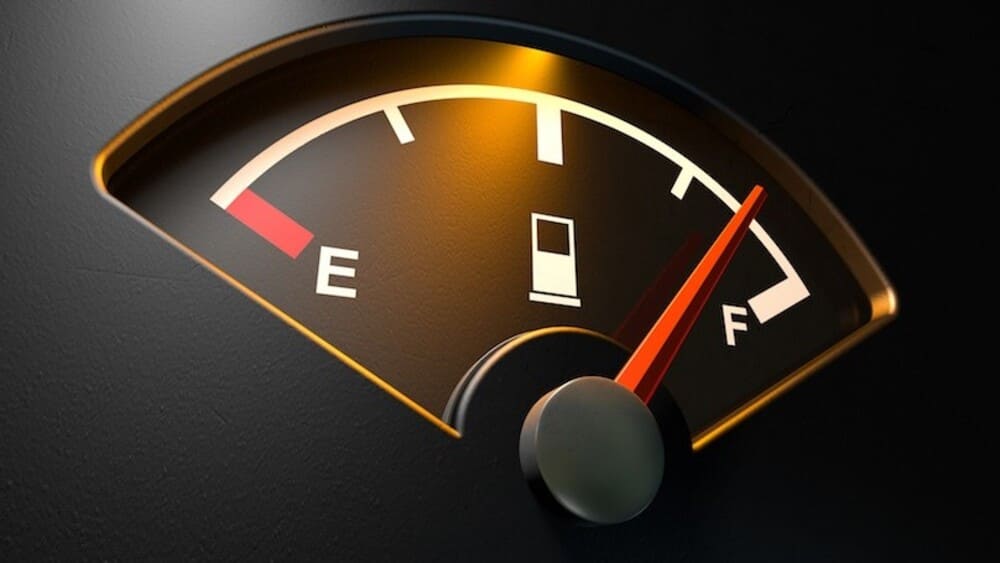
Most drivers dread the winter season as it poses a real challenge to the fuel efficiency of their vehicles. During these seasons, temperatures drop below the freezing levels hence the fuel inefficiency of most vehicles. The conventional gasoline-powered vehicles experience a gas mileage drop of up to 12% when temperatures drop to 20 degrees.
Several reasons cause such fuel inefficiency. Here are some of those reasons that contribute to this scenario:
- The engine requires time after ignition to reach its optimal fuel-efficient temperature. During winter, this takes longer and driving over shorter distances adds to the fuel inefficiency.
- Reduced tire pressure during winter reduces the traction of tires, which in turn leads to increased resistance.
- Winter gasoline supplied by gas pumps provides less energy per gallon than the regular gasoline.
- Aerodynamics also contribute to fuel inefficiency as the cold air causes drag, especially at high speeds.
- Features such as heated seats and defrosters draw more power from the vehicle, which leads to more fuel consumption.
Luckily, there are various practices drivers can adopt to boost the fuel economy of their vehicles. Below are fuel-economy tips car owners should observe for better fuel consumption of their vehicles:
Avoid Short Trips
The vehicle’s engine takes longer to warm in winter than the summer. As such, driving over short distances contributes to fuel inefficiency since most of the travel time goes into warming the engine up. As such, combing trips helps drivers spend a fraction of the time to get the engine to the fuel-efficient temperatures.
Check Tire Pressure
The correct tire pressure during the winter is essential for fuel economy. Using a gauge to check the tire pressure ensures the right tread depth for maximum traction. As such, drivers should fill up the vehicle’s tires at a gas station to the recommended pressure level for fuel-efficiency.
Minimize the Idling Time
Idling the engine for long doesn’t do any favors to your vehicles fuel economy. Driving helps the engine warm up faster and idling the engine for a maximum of 30 seconds is therefore recommended by most manufacturers.
Other tips that help contribute to winter fuel economy include parking vehicles in warm places and wearing warm garments instead of using seat warmers and defrosters. Removing accessories such as roof racks for reduced wind resistance, using the recommended oil for the winter for your engine’s fuel efficiency. Ditching the cruise-control feature of your vehicle helps you take control of the vehicle. This helps avoid skidding on the snowy roads and contributes to fuel efficiency.
Courtesy of absolutecarcare










